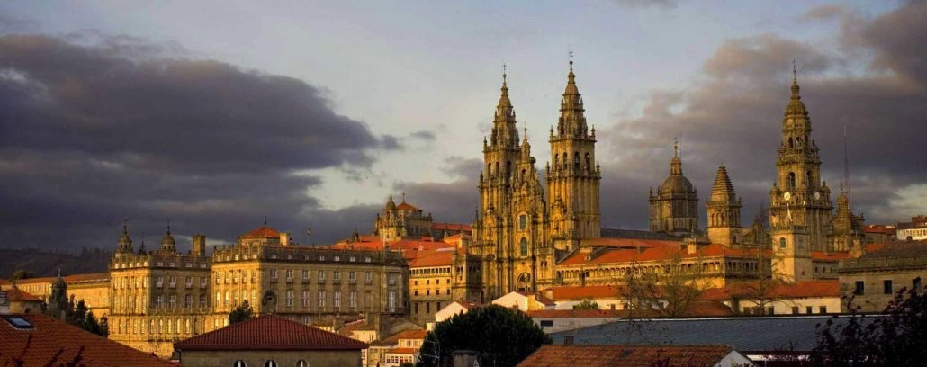Speaker
Description
The present work is devoted to show a successful alternative method to measure specific direct reaction cross sections, related to the production of a particular radioactive recoil. The method is based on the production of a relatively small yield of a radioactive nucleus, assisted by ion and/or low-neutron irradiation, fixing a specific reaction at an interesting low energy. The irradiated material is later radiochemically processed to be introduced in a special cathode which will be inserted in a negative ion source, searching the production of a radioactive low energy beam, in order to be studied with Accelerator Mass Spectrometry (AMS) [1,2]. The result is the measurement of a total amount of the radioactive specie as a function of a stable nuclei, which as well is necessarily part of the material in the cathode.
The ratio of the radioactive/stable beams measured with AMS may be later translated in the total cross section of the initial reaction, allowing a very precise measurement of reactions that normally imply a complicate access when they are tried in conventional modes. Most of the reactions involving 10Be, 14C and 26Al at low energies show a worth interest, particularly in Nuclear Astrophysics. The relatively long half-live of such nuclei, make them good candidates to be approached by using AMS technique.
In this work the cross sections measured for 9Be(n,ɣ)10Be, 14N(n,p)14C and 13C(n,γ)14C at 25 meV are presented [3], as well as the preliminary results for the 26Al yield of the 28Si(d,α)26Al reaction (1.0 - 4.8 MeV) [4-6]. Details of the preparation for 25Mg(p,γ)26Al at 418 keV measurement, are as well presented here.
The experimental results reported shown an acceptable agreement with calculations found in the literature, demonstrating the success of this alternative method [7].
This work has been partially funded by CONACyT 315839 and PAPIIT-DGAPA IN107820 and AG101120.
[1] C. Solís, et. al., Nucl. Inst. Meth. Phys. B 331, (2014).
[2] A. Arazi, et. al., Phys. Rev. C 74, 025802 (2006).
[3] D.J. Marín-Lámbarri, et al., Phys. Rev. C 102 044601 (2020).
[4] V. Araujo-Escalona, et. al., Phys. Proc., 90, (2017).
[5] L. Acosta, et. al., Eur. Phys. J. Web. of Conf. 165, 01001 (2017).
[6] G. Reza, et al., Eur. Phys. J. Plus, 135, 899 (2020).
[7] L. Acosta, et. al., Eur. Phys. J. Web of Conf. 252, 05003 (2021)
| Topic | Experiment |
|---|

